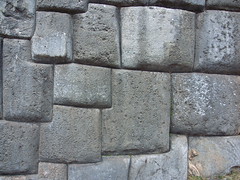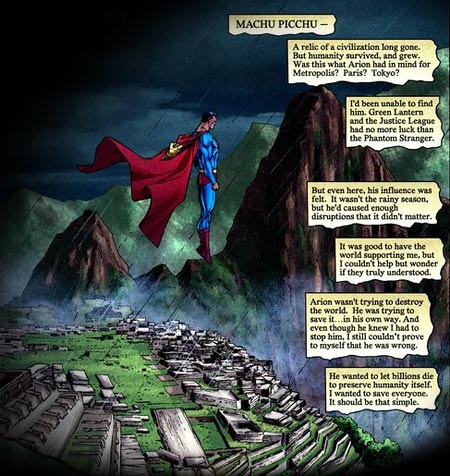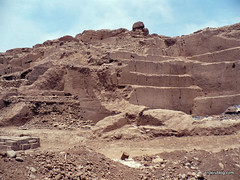Makatampu
The pre-Columbian town of Makatampu stood on the outer edges of the city of Maranga, and as its name suggests, it was a tambo, or resting place, set in the scenery of fields irrigated by two artificial aqueducts. No longer standing – the complex was destroyed in the 1940s to may way for the construction of factories on the old hacienda Conde de las Torres – it was said to have been an important site.
As Lima grew, the rural space between the cities of Callao and Lima shrunk – and what was an old farming-oriented hacienda was increasingly becoming an industrial area. In the 1940s the three pyramidal structures that made up the tambo, and the ancient grave site on their eastern edge found themselves under threat. Peru archaeological and cultural heritage was now standing in the way of short term gain.
With plans for its destruction approved, on the 21st of November 1944 archaeologist Julio C. Tello and a small team quickly moved in to excavate the tombs and the huacas that would soon be lost forever.
800 tombs were excavated and found to be from 900-1470A.D. during the period when the region of Lima was called Ichma, while the huacas were discovered to be older, dating from 200B.C. to 600A.D. and built with, depending on the period of time work was carried out, from adobe bricks and from adobe slabs.

Structures stand out amoung the fields near Av. Argentina, as does the burial area to the right
By 1948 there was no sign that a pre-Colombian site ever existed in this location on Avenida Argentina. The ceramics, burials and other artefacts were taken to the Museo Nacional de Arqueología y Antropología where they have only partially been studied.
The destruction of Peru’s heritage continues to this day and lessons have failed to be learned.
Tags: avenida argentina, huaca, ichma, julio c. tello, lima precolombina, makatampu, maranga, museum, ruins, tambo, tombs








![Gastón’s La Mar in San Francisco [Featured]](http://farm4.static.flickr.com/3648/3351155372_6e43bf5e92_m.jpg)

